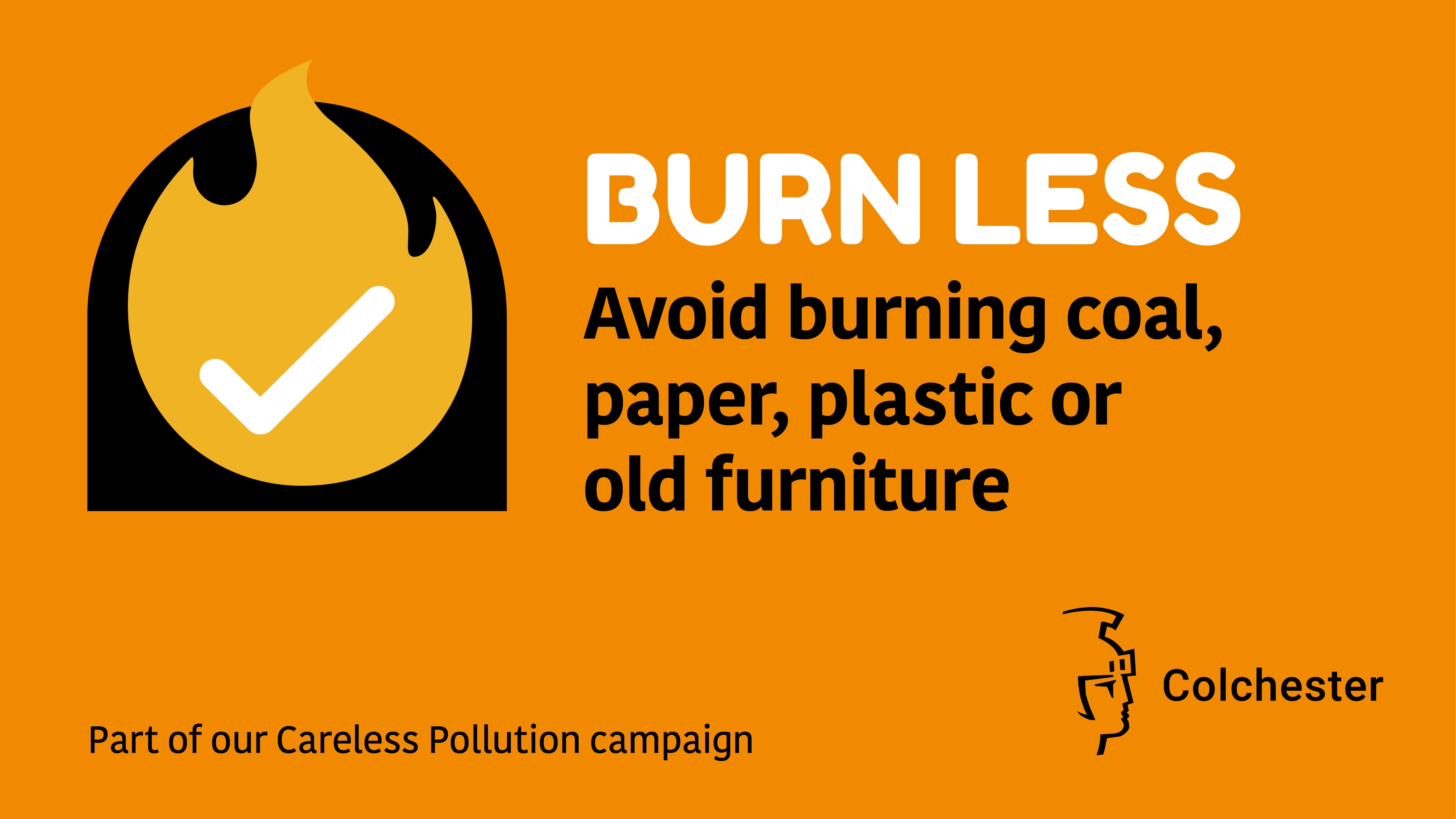Burning wood and coal in the home
Contents
Knowing which fuels to burn

It can be difficult to know which fuels to choose to help reduce pollution. Wood sold in volumes under 2m³, and manufactured solid fuels, must be certified as 'Ready to Burn'.
If you buy fuel accompanied by the 'Ready to Burn' logo, you can be confident that you are protecting yourself and your family from the effects of the most polluting fuels.
You should always check which fuel types are recommended for your appliance. Using the wrong fuel could damage your appliance and affect your chimney, as well as invalidating your warranty.
Wood
If you are buying wood in smaller volumes (up to 2m³), you should look for the approved 'Ready to Burn' logo. The logo confirms that the fuel has a moisture content of 20% or less. You will find the logo on the fuel’s packaging, alongside it on the shelf or next to the price. The logo will be accompanied by the manufacturer/supplier’s details, and a certification number.
Small-scale wood producers (selling under 600m³ a year) have until 1 May 2022 to comply with the certification rules.
We recognise that many people dry out (or season) their wood for use at a later stage. You can buy wood in larger volumes (2m³ or more) with a higher moisture content. This will be sold with guidance for consumers on how to dry it to ensure that it is suitable for burning. People who have access to their own wood supply are advised to store this in a dry area, allowing it to air dry for a least 2 years before burning. We would also advise people to use a moisture meter to establish the water content and not burn wood with a moisture content above 20%.
Burning wet wood produces lots of smoke and creates tar deposits which can damage your appliance and chimney, this can increase maintenance costs and the risk of chimney fires.
You should look for sustainably sourced wood and ensure you store it in a way that keeps it dry, you’ll get less smoke and better heat efficiency. This also means your appliance and chimney will require less maintenance, saving you money in the long run.
When selecting wood you should:
- look for the ‘Ready to Burn’ logo on packaging
- ask your supplier for advice on how to properly store and season wood at home, especially if you’re buying loose logs to dry yourself
- store logs in a dry area, allowing them to air dry for at least 2 years before burning if you’re producing your own logs for burning
- use a moisture meter to measure the water content of the wood - moisture levels should be 20% or less before burning
- check for signs your wood is ready to burn if you cannot use a moisture meter
- weight – when comparing similar sized logs and the same species, if the log is heavier this can indicate it is still wet
- sound – a hollow sound when tapping indicates dry logs
- cracked ends can indicate dry logs
- bark – the looser the bark the drier the log
- colour – dry wood can be lighter in colour
- always avoid burning treated wood, such as painted, stained or chemically treated wood (old furniture, pallets and medium density fibreboard) . These release dangerous pollutants which could have a serious impact on human health
Manufactured Solid Fuels
You should look for the approved 'Ready to Burn' logo. The logo confirms that the fuel meets the sulphur and smoke emission limits. Consumers will find the logo on the fuel’s packaging, alongside it on the shelf or next to the price. The logo will be accompanied by the manufacturer/supplier’s details and a certification number.
Manufactured solid fuels are available in a range of forms, such as briquettes and fire logs.
Before purchasing manufactured solid fuels, check your appliance manual to make sure which specific fuels can be used. Incorrect use can cause damage to your appliance.
You can check which fuels are approved for burning in smoke control areas and can be used more widely.
Fuels approved for burning in smoke control areas
These manufactured solid fuels are exempt from the certification requirements:
- coffee logs
- olive logs
- wine logs
- fuels where they are mostly made of wheat husks, straw, miscanthus, bamboo or compressed food waste
Coal
The World Health Organization classifies coal smoke as a carcinogen. If you currently burn coal, you should consider switching to an alternative fuel, such as manufactured solid fuels known as briquettes for use on open fires. For stove users, you could use smokeless coal known as anthracite or consider manufactured solid fuels, but make sure the fuel used is suitable for your appliance.
You can no longer buy the most polluting coal (bituminous or traditional house coal). This ban will not immediately apply to lose sales direct to customers via approved coal merchants. These can continue until 1 May 2023. Other types of coal, including anthracite, semi anthracite and low volatile steam coal will continue to be available due to their inherently smokeless nature.
Traditional house coal extracted and sold from the Forest of Dean is exempt. This can continue to be sold locally.
Page last reviewed: 1 December 2021

